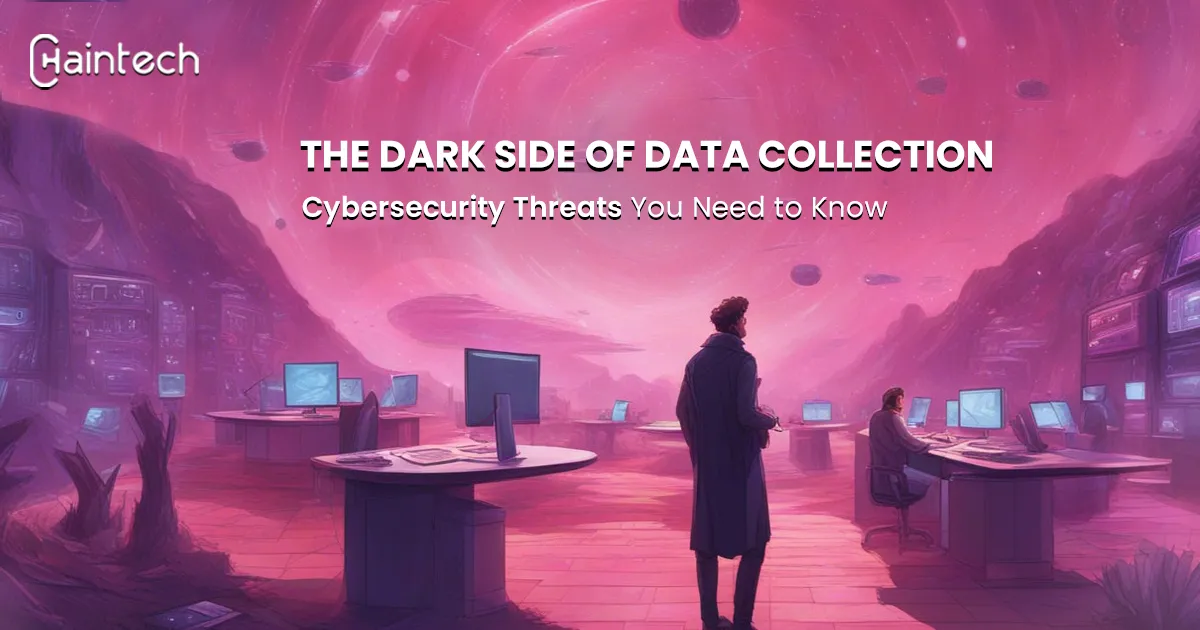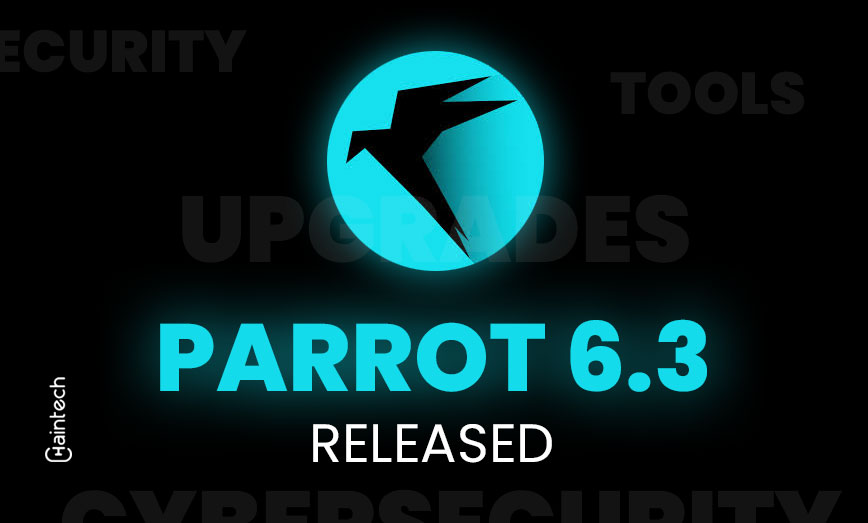Rabbits Virus 1969: The First Virus In The Cybersecurity History

Introduction
Imagine a time when computers were like rare treasures, and the 1960s were all about funky music and wild colors. In this era, at the University of Washington, something unexpected happened—it was like a sneak attack from a digital troublemaker. This troublemaker had a name: the RABBITS Virus, the very first computer virus ever! Think of it as one of the first-ever pranks in the digital world, sparking the beginning of the ongoing battle between good and mischievous. Let’s travel back to the 1960s and discover how the RABBITS Virus kicked off the trajectory of cybersecurity. Get ready for a journey into the past, where digital mischief was just getting started!
The First-Ever Computer Virus
Back in 1969, the first computer virus made its debut, and it went by the name RABBITS. We don’t know who made it or why, but what we do know is that it caused a big problem at Washington University Computing Center.
Imagine this virus like a sneaky digital troublemaker. It got its name because it multiplied a lot, just like how rabbits have lots of babies. It was unleashed on a computer at the university, making copies of itself without stopping. This copying frenzy continued until the computer couldn’t handle it anymore and just stopped working.
Even though we don’t know who was behind this digital mischief, the RABBITS Virus left a mark on history. It shows us the early days of computer troubles and reminds us why it’s so important to protect our digital world from unexpected challenges.
Execution of the Attack
The exact way the RABBITS Virus sneaked into the University of Washington Computer Center is a bit fuzzy. But what’s clear is that someone ran a program they shouldn’t have, and that set the virus loose.
Now, let’s talk about how this virus did its mischief. It used a technique called “fork bombing” or “rabbit virus”. Think of it like a digital bomb that keeps making copies of itself over and over. The RABBITS Virus started by making two copies, and each of these copies made even more copies. This kept happening until the computer couldn’t handle it anymore, and everything just stopped working – a system crash. So, it’s like the virus played a tricky game of making too many copies until the computer gave up.
The Age of Cyber Defence
Fast forward to today, and our digital battlefields face more advanced threats than ever. The RABBITS Virus played a key role in sparking the cybersecurity revolution, motivating modern defenders to strengthen our digital world. Welcome the era of firewalls, antivirus software, and cybersecurity protocols – direct responses to the tricky moves of digital rabbits.
To prevent a repeat of the chaotic digital dance initiated by these unseen adversaries, our cyber-defenders employ a repertoire of essential tools. Imagine this as a high-stakes digital chess game where the pieces are not knights and rooks but access control, malware scanning, resource limits, regular updates, and heightened security awareness. Each move in this strategic game is crucial, aiming to outsmart the unseen opponents and stay one step ahead of potential threats.
Access control serves as a virtual gatekeeper, allowing only authorized entry and keeping out the unwanted digital intruders. Malware scanning acts like a vigilant guard, constantly patrolling the digital landscape for any signs of harmful software. Resource limits act as a governor, ensuring that the digital environment doesn’t get overwhelmed, much like preventing too many players on a chessboard. Regular updates are akin to fortifying the castle walls, patching vulnerabilities, and strengthening defences against evolving threats.
In this strategic dance of bytes and bits, heightened security awareness acts as the keen instincts of a seasoned chess player, anticipating the opponent’s moves and proactively defending against potential security breaches. As the digital chessboard evolves, our cyber-defenders continually adapt, employing a dynamic and proactive approach to ensure the safety and integrity of our digital world.
Parting Words
As we navigate the ever-changing digital landscape, let’s acknowledge the RABBITS Virus, an old yet important tale in the history of cybersecurity. In a world where the dance of viruses and malware persists, our defences are now more robust, our understanding deeper, and our commitment unwavering. The next time you encounter a digital challenge, remember the original dance floor disrupter and the cybersecurity progress we’ve made since the days of disco and digital bunnies.









